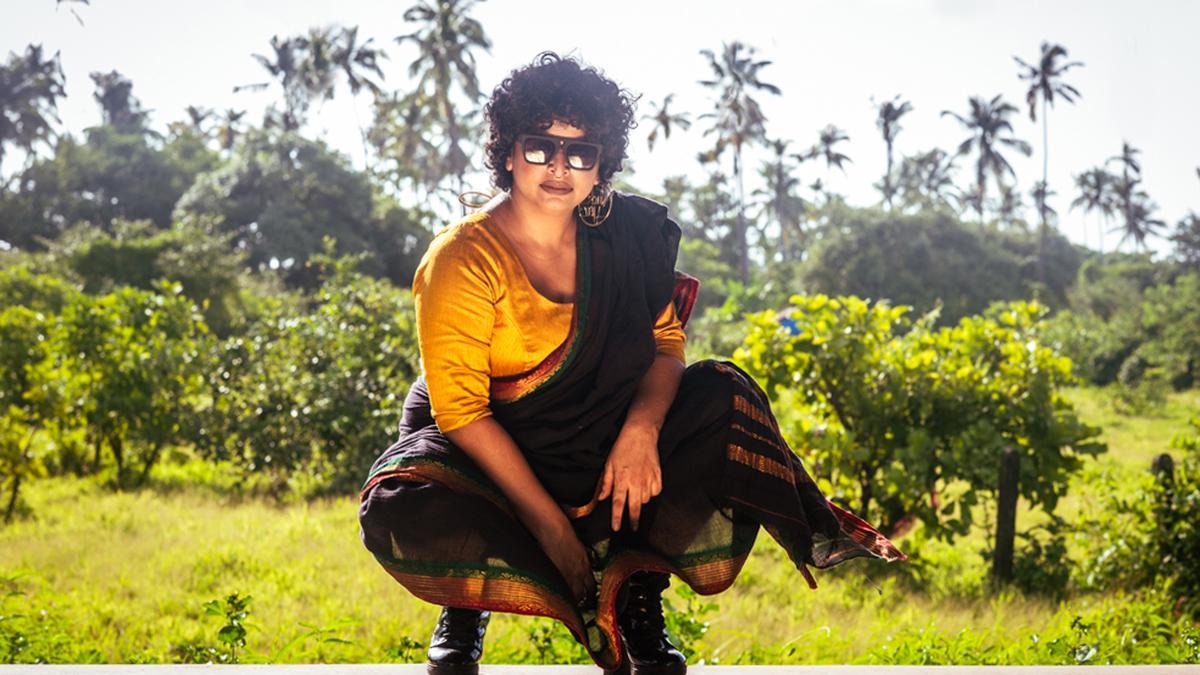
On the occasion of Independence Day, a remarkable exhibition is offering visitors a unique journey through time, delving into the historical geography of the Indian subcontinent. This exhibition, held at Ojas Art in the vicinity of Qutub Minar, Mehrauli, features an astonishing collection of 100 meticulously crafted maps by some of the world’s most prominent cartographers. This extraordinary display highlights the shifting borders and evolving landscapes that have defined the region over the centuries leading up to the year 1947.
The exhibition serves as a poignant reminder of the intricate and multifaceted history that has shaped modern-day India, Pakistan, and Bangladesh. Among the showcases are the illustrious works of renowned mapmakers such as Seutter, Rennell, Mortier, Lapie, Bonne, and Tallis. Their detailed maps, meticulously crafted in England, France, Italy, and the USA, each provide a unique perspective on the subcontinent’s rich and complex history, charting the evolution of its geographical boundaries from a time when India encompassed what are now Pakistan and Bangladesh (formerly East Pakistan).
Spanning an impressive 350 years of cartographic history, the maps on display are a captivating blend of art and historical documentation. Notably, the maps are not arranged in chronological order, inviting viewers to explore the exhibition with a sense of discovery and wonder. “The art of cartography reached its zenith between the 17th and 19th centuries,” says Anubhav Nath, the curatorial director of Ojas Art. “During this time, explorers ventured into uncharted territories and mapped the world with increasing accuracy.”
This era saw a significant surge in map-making activities, fueled by the ambitions of Western powers to understand, navigate, and control new lands. The maps featured in the exhibition served a dual purpose: they were both practical tools for navigation and exploration, and potent symbols of authority and knowledge.
Beyond their functional applications, these maps serve as educational resources, shedding light on the causes and consequences of shifting geographical boundaries. For many visitors, they offer a tangible connection to history, allowing a deeper appreciation of the forces that have shaped the Indian subcontinent. Anubhav Nath notes, “Every time, one tends to discover something new in the same map.
.”
Visitors to the exhibition are encouraged to approach the maps not just as historical artifacts, but as living documents that continue to reveal new layers of meaning. Each map, with its intricate renderings of towns, rivers, and borders, tells a story of its own—a story of exploration, conquest, and the ever-evolving nature of our world. “The exhibition is about geography, history, and multiple narratives. When we look at maps, we remember our connections: our grandfather is from this region, or my mother is from here, I live here, and I’m currently staying here. We relate the maps to our life,” emphasizes Anubhav.
A notable highlight of the exhibition is the sheer diversity of cartographic styles and techniques on display. From the elaborate embellishments of early European cartographers to the more straightforward and practical maps of later centuries, each piece serves as a testament to the evolving art and science of map-making. The collection represents not just geographical knowledge, but also the artistic and cultural contexts in which these maps were created.
The exhibition is open to the public until September 22, with visiting hours from 11 AM to 7 PM, and it remains closed on Mondays. This initiative is not just an homage to the art of cartography, but also a celebration of the rich history and enduring legacy of the Indian subcontinent. As visitors explore these maps, they are invited to reflect on the ever-changing nature of borders and the historical events that have shaped our present-day world.
In conclusion, this exhibition is a must-visit for history enthusiasts, cartography lovers, and anyone interested in the fascinating evolution of the Indian subcontinent. It offers a rare opportunity to see some of the most exquisite and historically significant maps ever created, each one a window into the past and a mirror reflecting the complex tapestry of human history. As the nation celebrates Independence Day, this exhibition serves as a fitting tribute to the rich and varied history that continues to shape the identity of India, Pakistan, and Bangladesh.










